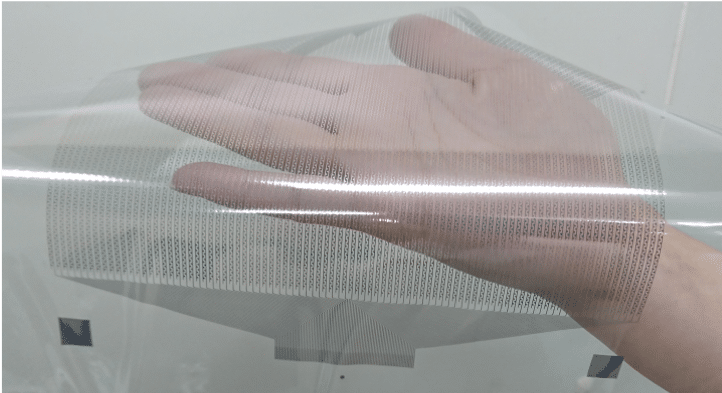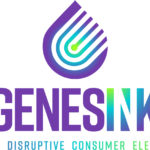Electronics is one of the industrial sectors with the greatest impact on the environment in terms of CO2 emissions and waste. Since 2020, the government « France Relance » plan has been
Over the last two years, there has been growing interest in printed electronics, especially in the automotive industry, consumer electronics, healthcare / well-being, smart buildings, printing and packaging, and the Internet of Things (IoT). Each of these industry sectors implements solutions from a wide range of technologies. For example, products based on curved displays, OLEDs, OPVs, touchscreens, and sensors can all be found in the automotive sector. The progress of printed electronics into these sectors indicates their acceptance as just another tool in the box.
 Printed electronics is a rapidly growing industry. In 2018, sales of products including printed electronics topped USD $28 billion, with a predicted global annual growth rate of 14%. The largest share of the market is currently Organic Light Emitting Diode (OLED) displays, a strong, fast-growing area. Young, niche markets include organic photovoltaics (OPVs), OLED lighting and In Mold Electronics (IME).
Printed electronics is a rapidly growing industry. In 2018, sales of products including printed electronics topped USD $28 billion, with a predicted global annual growth rate of 14%. The largest share of the market is currently Organic Light Emitting Diode (OLED) displays, a strong, fast-growing area. Young, niche markets include organic photovoltaics (OPVs), OLED lighting and In Mold Electronics (IME).






